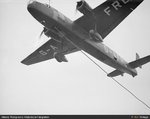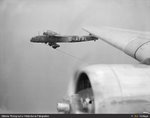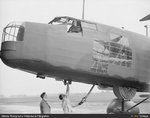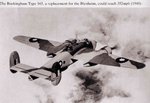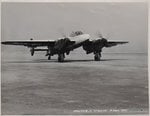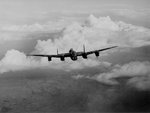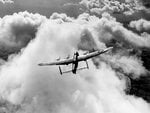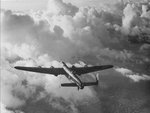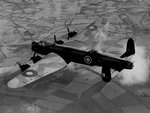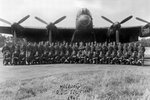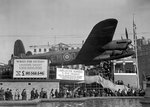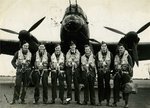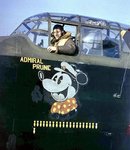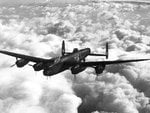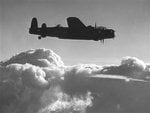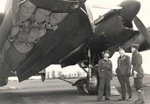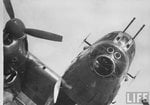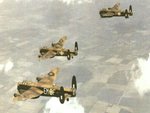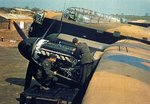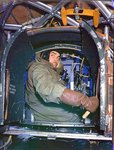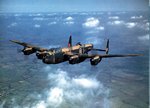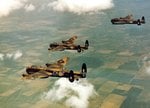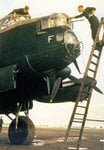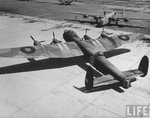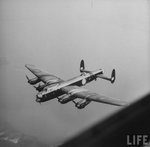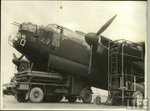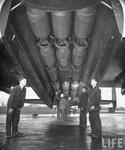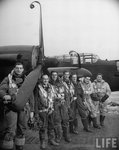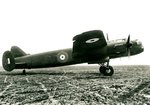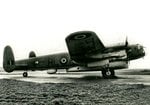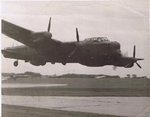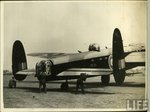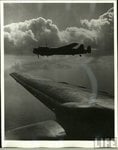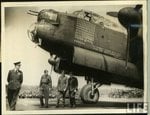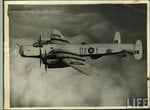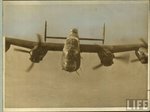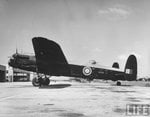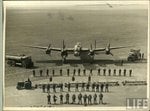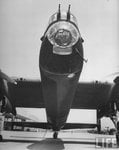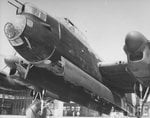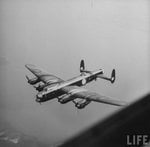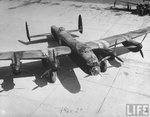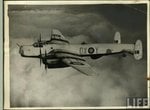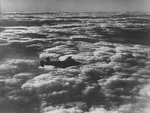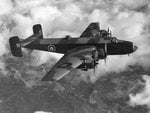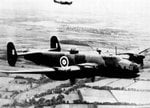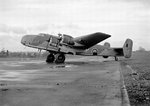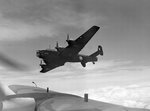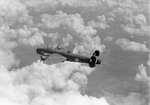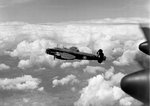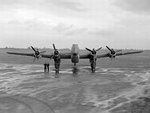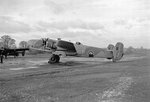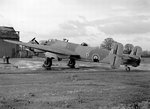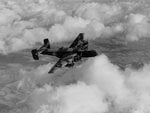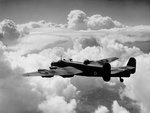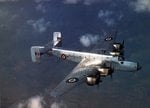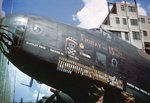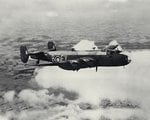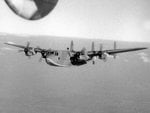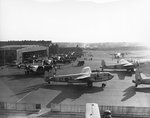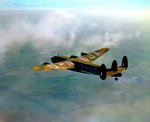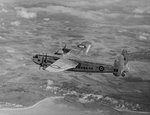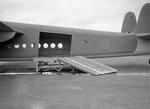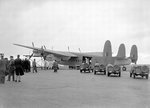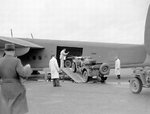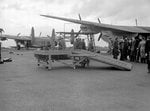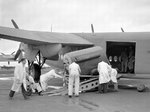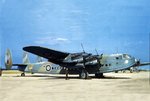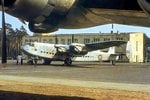- Thread starter
- #41
The H.P. 54 Harrow was the production version of the earlier Handley Page H.P.51 design, itself a monoplane conversion of the three-engined Handley Page H.P.43 biplane. The two monoplanes were both designed by Dr. G.V. Lachmann. Initially Handley Page intended to offer the H.P.51 to Air Ministry specification C.26/31 for a bomber-transport, then saw the H.P.54 as a more likely winner. In the end neither type was a candidate for C.26/31, since in June 1935 the Air Ministry, anxious to expand and modernise the RAF wrote specification B.29/35 around the Harrow, emphasising its bomber role though retaining its transport capability. In August, 14 months before the first Harrow flew, the Ministry put in an order for 100 aircraft. Powered by Bristol Pegasus X engines of 830 hp (620 kW), the first Harrow flew on 10 October 1936 from Radlett. The Harrow was designed to have powered nose, dorsal and tail turrets, and carried a bomb load of 3,000 lb (1,400 kg) under the cabin floor.
The first Harrow was delivered to No. 214 Squadron RAF on 13 January 1937, with all 100 delivered by the end of the year, with five bomber squadrons of the RAF being equipped with the Harrow. The Fleet Air Arm ordered 100 Harrows but Handley Page lacked the production capacity to supply them. Despite being fitted with cabin heating by steam boilers using exhaust heat, the Harrow gained a reputation of being a cold and draughty aircraft owing to the turret design. As the delivery of more modern bombers increased, the Harrow was phased out as a front-line bomber by the end of 1939, but continued to be used as a transport. 271 Squadron was formed on 1 May 1940 with a mixture of Harrows, Bristol Bombays and impressed civil aircraft. While the other aircraft equipping 271 squadron were replaced by Douglas Dakotas, it retained a flight of Harrows (sometimes nicknamed "Sparrows" due to their new nose fairings to give a more streamlined fuselage) as transports and ambulance aircraft until the end of the Second World War in Europe.
The first Harrow was delivered to No. 214 Squadron RAF on 13 January 1937, with all 100 delivered by the end of the year, with five bomber squadrons of the RAF being equipped with the Harrow. The Fleet Air Arm ordered 100 Harrows but Handley Page lacked the production capacity to supply them. Despite being fitted with cabin heating by steam boilers using exhaust heat, the Harrow gained a reputation of being a cold and draughty aircraft owing to the turret design. As the delivery of more modern bombers increased, the Harrow was phased out as a front-line bomber by the end of 1939, but continued to be used as a transport. 271 Squadron was formed on 1 May 1940 with a mixture of Harrows, Bristol Bombays and impressed civil aircraft. While the other aircraft equipping 271 squadron were replaced by Douglas Dakotas, it retained a flight of Harrows (sometimes nicknamed "Sparrows" due to their new nose fairings to give a more streamlined fuselage) as transports and ambulance aircraft until the end of the Second World War in Europe.


